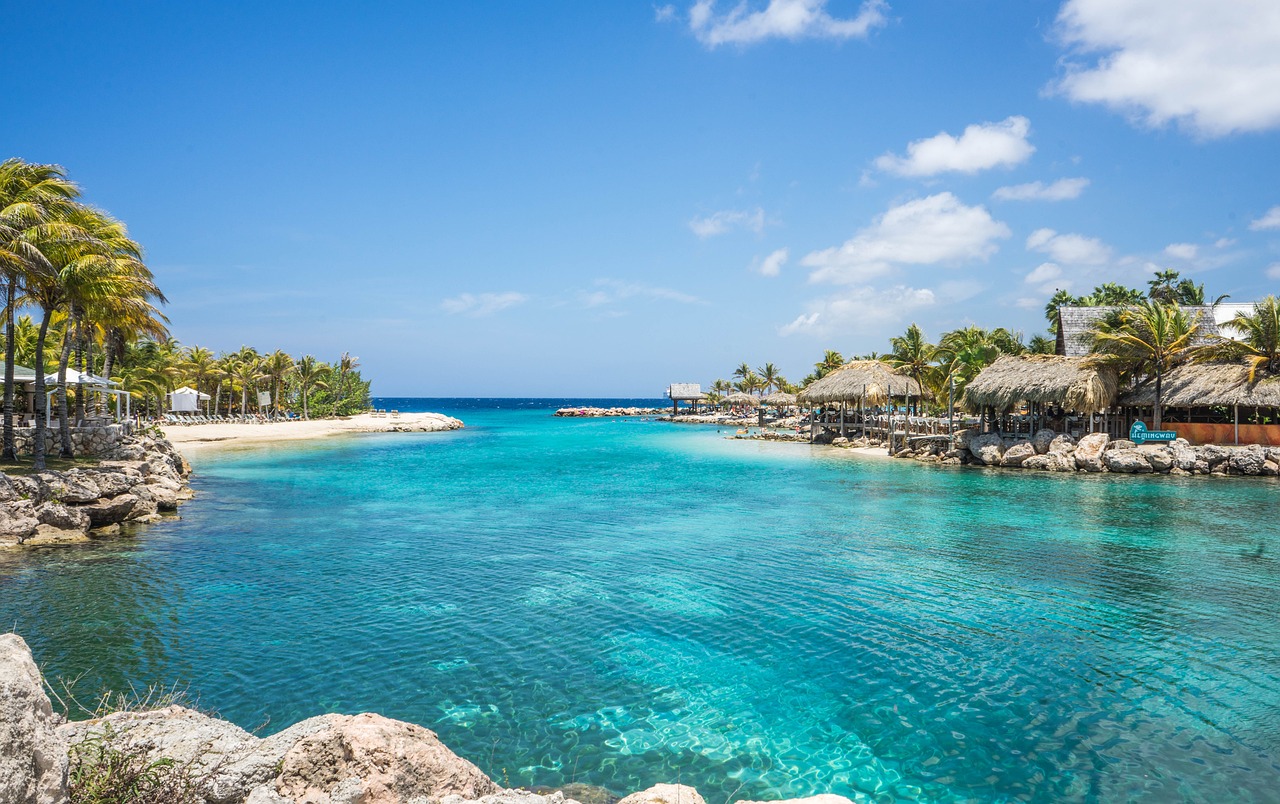Backpacking Essentials: What You Need for an Epic Adventure
When it comes to selecting the right backpack size for your outdoor adventures, there are a few key factors to consider. First and foremost, think about the duration of your trip and the amount of gear you’ll need to carry. For shorter trips, a smaller backpack with a capacity of around 40-50 liters may suffice, while longer expeditions may require a larger pack in the 60-70 liter range.
Additionally, pay attention to your own body size and comfort level when choosing a backpack. Make sure the pack fits comfortably on your shoulders and hips, with adjustable straps to ensure a proper fit. Consider trying on different sizes and styles to find the one that feels the most comfortable and supportive for your needs.
Heading 2: Shelter – Tent or Hammock?
When deciding between a tent or a hammock for your camping shelter, there are several factors to consider. Tents provide more protection from the elements and offer a secure space for storing gear. They also provide privacy and a designated area for sleeping. On the other hand, hammocks are lightweight and easy to set up, making them ideal for backpackers seeking a minimalist and versatile shelter option.
Each option has its own set of pros and cons, so it’s important to assess your specific needs and preferences before making a decision. Consider factors such as the terrain you’ll be camping on, the weather conditions you’re likely to encounter, and your personal comfort preferences. Ultimately, the choice between a tent and a hammock will depend on what works best for your camping style and the type of experience you’re looking to have in the great outdoors.
Heading 3: Sleeping Gear – Sleeping Bag and Pad
When it comes to choosing the right sleeping gear for your outdoor adventures, investing in a high-quality sleeping bag and pad is essential. A good sleeping bag will provide adequate warmth and insulation during chilly nights, while a suitable sleeping pad will offer comfort and support for a restful night’s sleep.
Consider the climate and terrain of your camping destination when selecting a sleeping bag. Opt for a bag that offers the right temperature rating for the conditions you’ll be facing, ensuring that you stay comfortable throughout the night. Additionally, choose a sleeping pad that complements your sleeping bag, providing an extra layer of cushioning and insulation from the cold ground. By carefully considering these factors, you can ensure a cozy and rejuvenating rest during your outdoor escapades.
What should I consider when choosing a sleeping bag?
When choosing a sleeping bag, consider the temperature rating, insulation type, shape, and size that will best suit your needs and the climate you will be camping in.
What is the difference between a sleeping bag and a sleeping pad?
A sleeping bag is insulated and provides warmth, while a sleeping pad is used for cushioning and insulation from the ground. Both are essential for a comfortable night’s sleep while camping.
How do I choose the right sleeping pad?
When choosing a sleeping pad, consider factors such as weight, thickness, insulation, and comfort. It’s important to find a balance between weight and comfort to ensure a good night’s sleep.
Can I use a sleeping pad with a hammock instead of a tent?
Yes, you can use a sleeping pad with a hammock for added insulation and comfort. Just make sure the pad fits securely inside the hammock to prevent it from shifting during the night.





